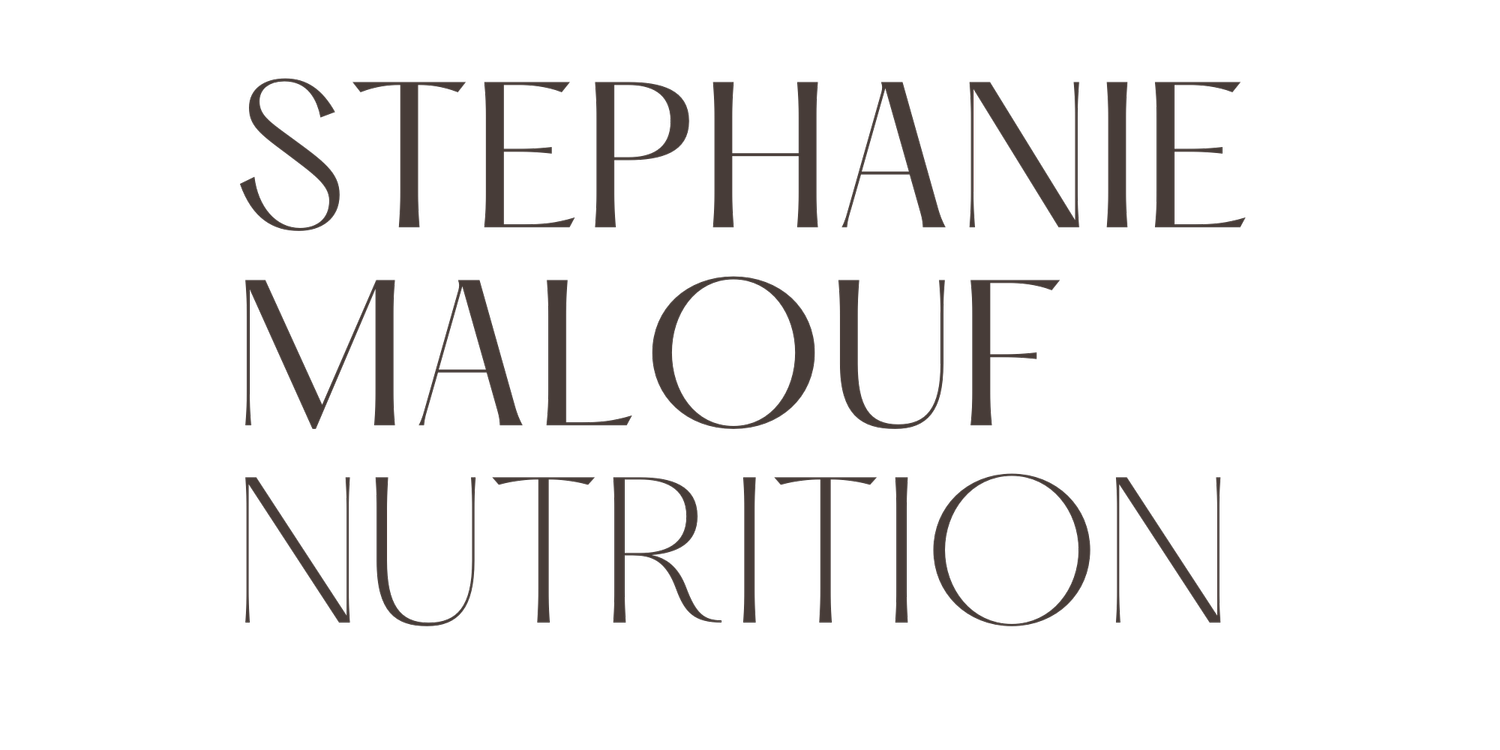Optimising Nutrition on a Vegetarian Or Vegan Diet
Protein is the building block of our body. It provides the structural components for our muscles, organs, skin and blood. A complete protein is made up of 20 amino acids, nine of which we cannot make in our body and thus need to get through food. These are called ‘essential’ amino acids.
Sources of complete proteins are mostly foods in animal derived foods such as meat, fish, poultry, milk, yogurt, cheese and eggs. It’s possible to meet your protein requirements without eating meat or animal proteins, however it requires a more planning, to ensure you are getting all the right proportions of amino acids to make up complete protein.
Our bodies are able to combine different amino acids over the course of 1-2 days. The is that you include a good variety of different plant foods in your diet so that you’re getting all the nutrients you need.
Although combining your plant proteins within a 48-hour period is sufficient for the body to put them together, combining in the one meal is easier for you to remember and it can increased protein usability by 30%. Many traditional protein combinations have been staples in cultures with vegetarian diets, such as rice and lentils, bean & tortillas. Here are some more suggestions.
- Chickpea hummus on rye cracker
- Bean & Lentil salad
- Stir-fry or steamed veg with rice noodles & cashew nuts
- 4 bean mix + brown rice
- Oats with almonds or tahini
How much protein should I consume in a day?
This varies from person to person but as a general rule, aim for approximately your own body weight in grams each day. E.g. If a woman weighs 65kg, she should aim to consume 65g of protein every day.
Check out my article on the Protein Content of Foods to understand the different protein content of foods.
B12: Vegetarians are known to be more deficient than meat eaters as the majority and highest sources are animal based proteins.
Sources: Cheese - camembert, brie, Swiss cheese, Egg – yolk, milk, nutritional yeast
IRON: The bioavailability (ability to absorb) of the iron in plant foods is much lower than in animal foods. Plant-based forms of iron are also inhibited by other commonly consumed substances, such as coffee, tea, dairy products, supplemental fiber and supplemental calcium.
Sources: Nuts (Almonds, cashews, hazelnut, pine, Sesame seeds Tahini), Eggs, Cocoa powder, Coriander, fresh Watercress Spinach, chili - red & green Basil, fresh Tomato, Soy flour Miso Tempeh Tofu, Beans, chickpeas & lentils.
OMEGA-3 FATTY ACIDS: Poor conversion into the active form of EPA & DHA from plant based sources.
Sources: Sea vegetables, chia seeds, flaxseeds, flaxseed oil, hempseeds, hempseed oil and walnuts



